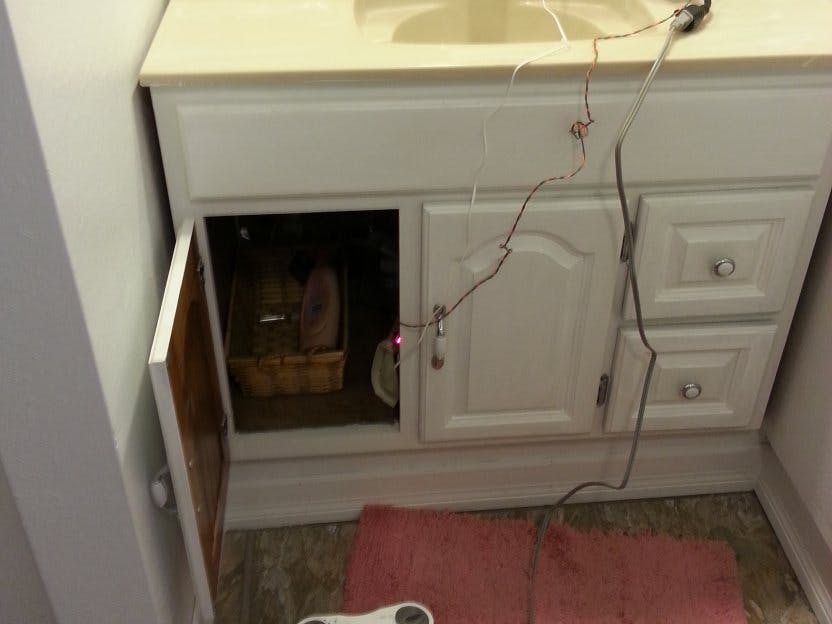The guest bathroom in my house is in the basement so it it not well served by the central heating and also not checked often. I needed a way to monitor the temperature to make sure the pipes don't freeze in the winter.
I had previously purchased a SparkFun Cyber Monday Hobby Kit which had the parts I needed. When I found out about the Cayenne app to create controls by dragging and dropping, I decided to give it a try.
Following the directions on MyDevices Cayenne web site, I created an account and opened a project using the SparkFun Thing Dev board. I loaded the example code int Arduino and followed the directions to copy and paste the log-in information.
Once the example code was working, I wired up the temperature sensor from the hobby kit and was able to see the temperature data on my Cayenne dashboard. I was easily able to set up a slider to control the temperature that my hearer would turn on. Unfortunately, I had some trouble getting triggers to work, so I'm not getting the email notification that I set up.








_3u05Tpwasz.png?auto=compress%2Cformat&w=40&h=40&fit=fillmax&bg=fff&dpr=2)
Comments